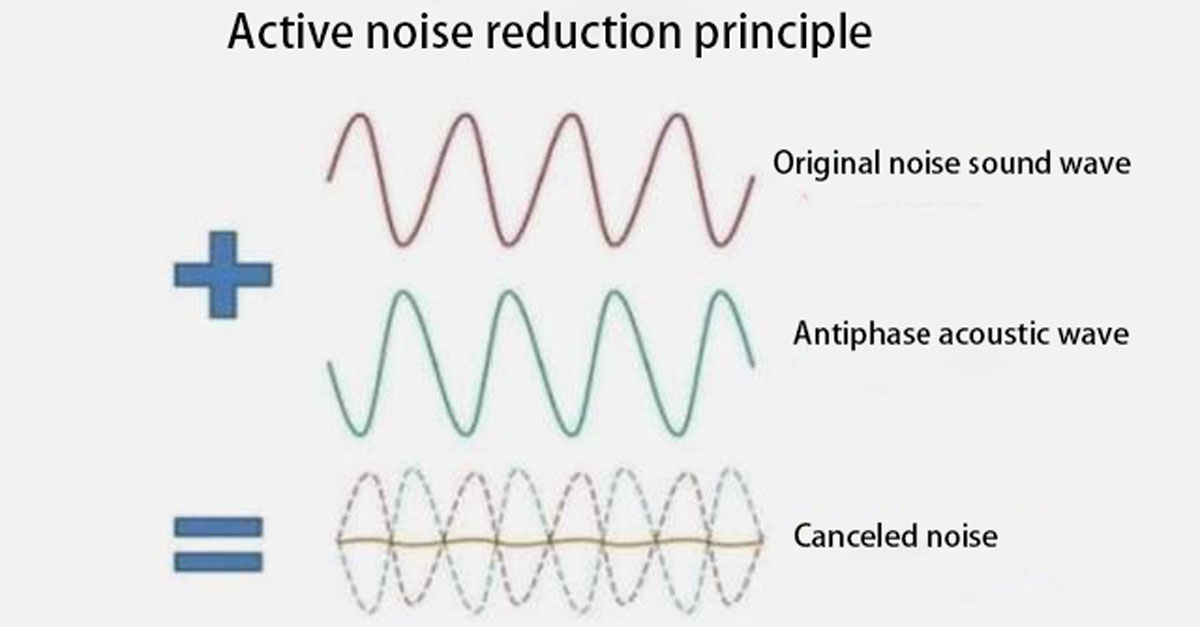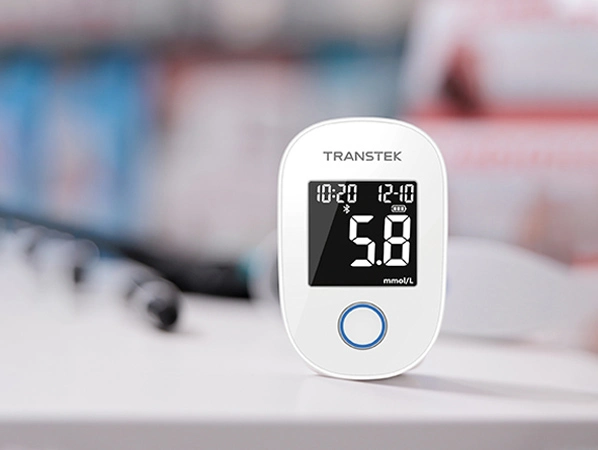The "Global Consumer Audio 2019 Usage Survey Report" states that "up to now, listening to music accounts for 77% of wireless headset use." In addition, headsets are often used for watching videos, calls, and background noise reduction.
Most people pursue sound quality, but in real life, the opportunity to have a relatively quiet space to enjoy music has gradually been reduced. We can only enjoy music in vehicles or on the commute, and noise-cancelling headphones have created a relatively quiet listening environment without the need to increase the volume again and again.
Current noise reduction technologies are mainly divided into two categories: active noise reduction and passive noise reduction. These two noise reduction technologies are mainly used in the field of headphone technology. Through noise reduction technology, we bring more optimized sound effects to everyone. Headphones with noise reduction technology are often called "noise reduction headphones" in the industry.
Simply put, the active noise reduction function of the headset is to generate a reverse sound wave equal to the external noise through the noise reduction system that comes with the headset, thereby achieving the effect of noise reduction. The passive noise reduction headphones mainly achieve closed noise by enclosing the ears or using sound insulation materials such as silicone earplugs. You can understand the noise reduction effect by covering both ears with both hands.
Although the noise reduction of the noise reduction headphones is divided into active and passive. But in the conventional sense, noise reduction headphones refer to active noise reduction, which requires power to participate in work. Passive noise-cancelling headphones, which are in-ear earbuds, are generally not called noise-cancelling headphones.
Active noise-cancelling active noise-cancelling headphones are more complicated than ordinary headphones. A noise reduction module is built into the headphones. It contains a microphone to receive external noise and then calculates the internal circuit to play music on the headphones. At the same time, the sound waves that are "inverted" from the external noise are added to cancel out the external noise.

Passive noise-cancelling headphones mainly form a closed space by surrounding the ear or use sound-proof materials such as silicone earplugs to block external noise. The most common headphones with in-ear earbuds and large ear cups can be classified as passive noise-cancelling headphones.
However, the disadvantage of passive noise reduction is that the sounds it shields are mostly higher frequency sounds, so it is more suitable in some regular noise reduction scenarios. But for some low-frequency noise, there is no such good isolation effect.
Noise Reduction Classification for Active Noise Cancelling Headphones
At present, active noise reduction is divided into three types of noise reduction: feedforward noise reduction, feedback noise reduction, and feedforward and feedback combined doubly-fed noise reduction. Feedforward noise reduction is to design the microphone outside the earphone away from the speaker, while feedback noise reduction is to design the microphone near the speaker. Compared with feedback noise reduction, feedforward noise reduction is easier to implement. Feedback noise reduction can collect noise information and feedback, making the sound closer to the human ear, but the microphone may be affected by the sound of the speaker. The requirements for the algorithm are higher.
Generally, we divide the sound we hear into high frequency, intermediate frequency and low frequency. 20 to 200 Hz belongs to low frequency, 200 to 4000 Hz belongs to intermediate frequency, and 4000 to 20000 Hz belongs to high frequency.
High-frequency noise in life is relatively small, but some warning sounds, such as car speakers have some high-frequency components, have irreversible damage to the human ear. For example, in a noisy environment, the noise environment is 70 decibels, then at least 75 or 80 decibels must be put on the music to suppress the noise. If the ambient noise is only 30 dB, then 45 dB of music can be heard clearly.
When the surrounding environment is noisier, the louder the sound is, the more serious the damage to the ears will be. In particular, in order to ensure the effect of bass in music, some mobile phones will use some compensation methods to make the bass louder. Active noise-cancelling earphones can neutralize this part of the noise through active noise reduction technology to protect hearing.


